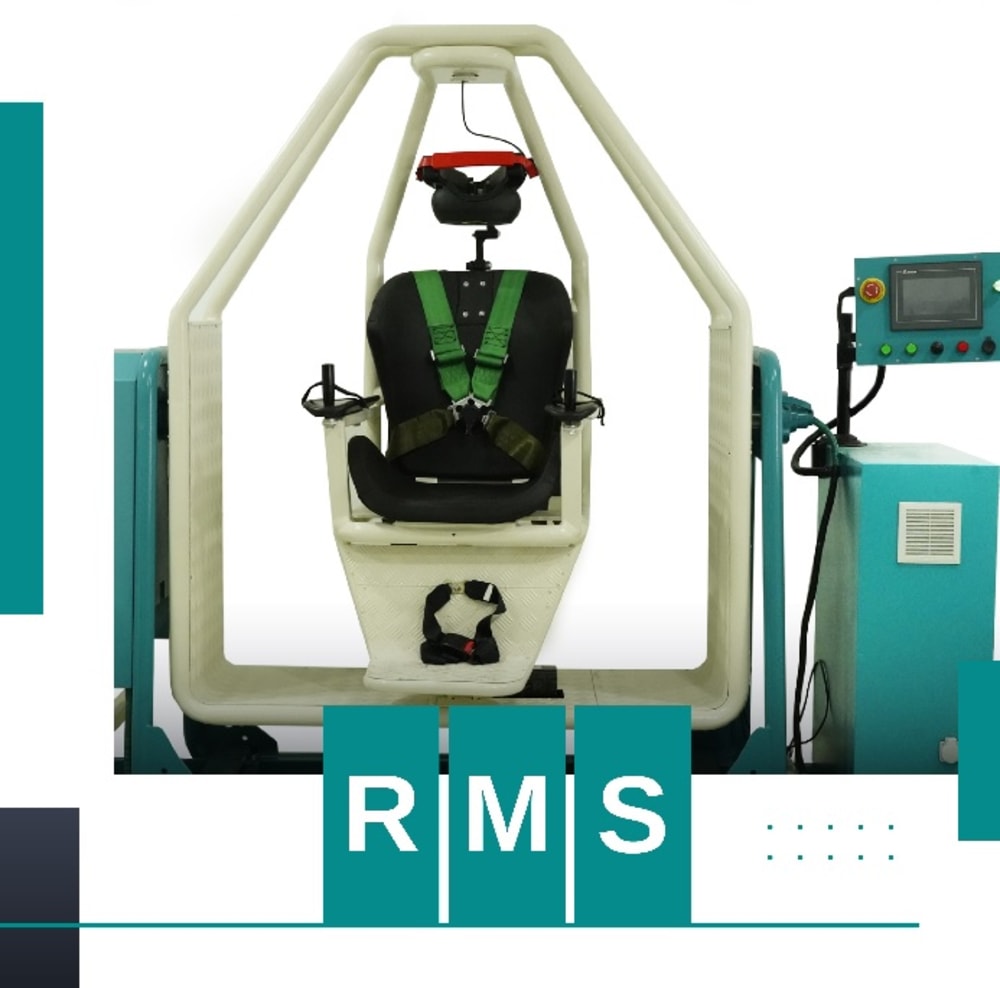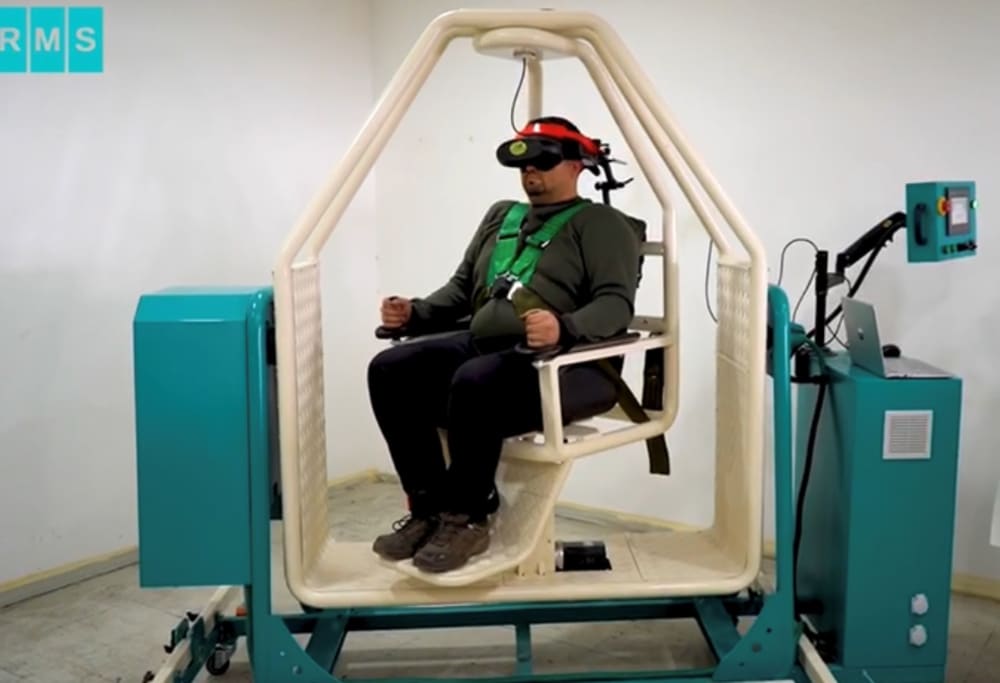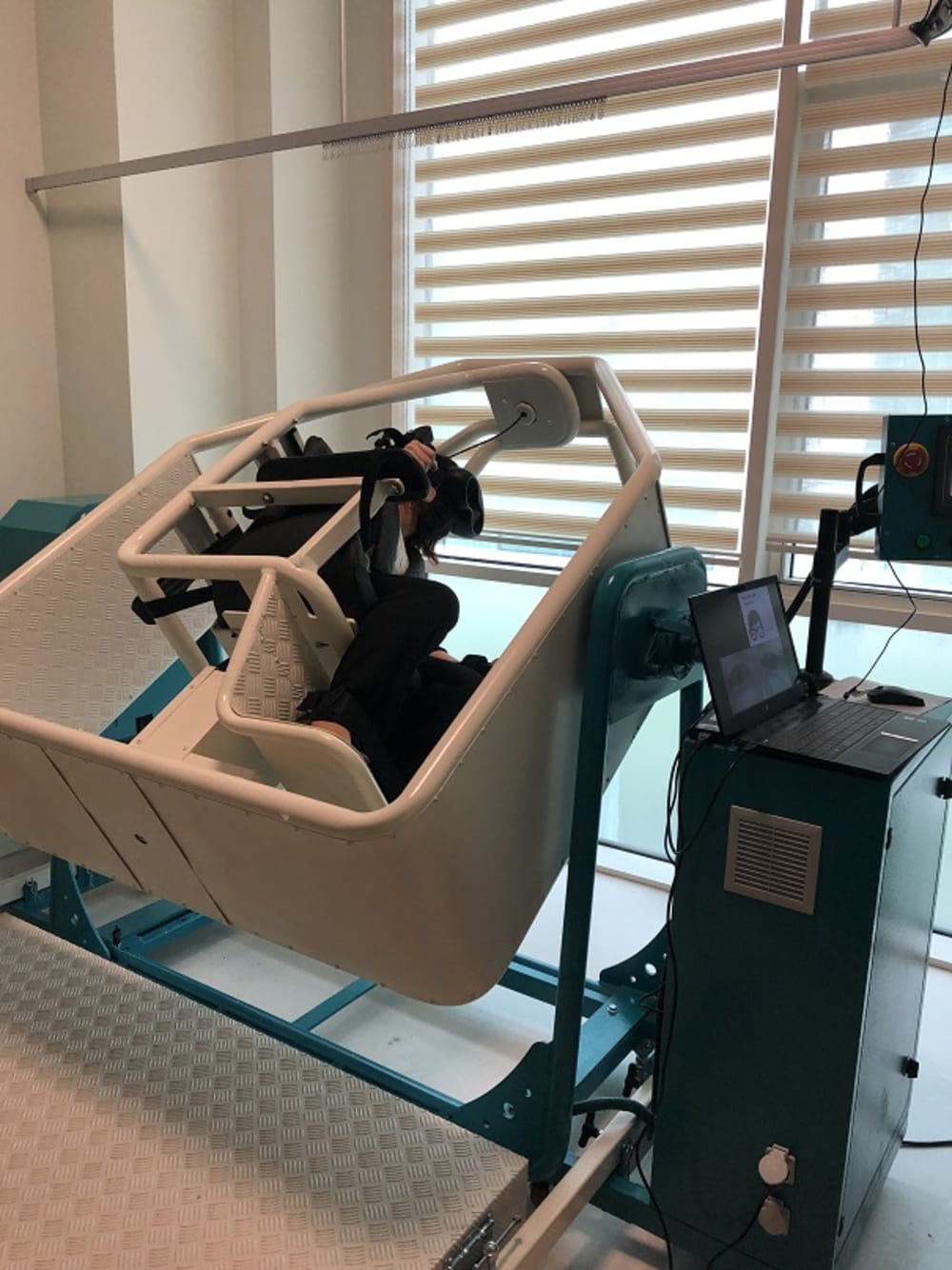

BPPV type vertigo affects 8% of the population, and every year 1.6% of the population visits an emergency room for BPPV attacks. The misdiagnosis rate of BPPV in the ER is reported as 74-81%. Every year 5.5 million patients visit the ER in the USA, and the cost of BPPV to the healthcare system is 4.4 billion USD annually. According to statistics, BPPV patients visit the hospital 7 times, and getting a cure takes 70 months on average. BPPV is one of the illnesses that reduce the quality of life significantly.
The BPPV is the only type of vertigo that is cured only by maneuvers. It is caused by loose crystals inside the vestibular (balance) organ. The diagnosis is done by watching involuntary movements of the eye called nystagmus. But the loose crystals can be in any one of the 6 vestibular canals and each canal causes a different type of nystagmus. Due to this, the nystagmus movements can be quite complicated and diagnosis can be quite difficult. This is proven by the 74-81% misdiagnosis rate reported in ER. The treatment is done by maneuvering the patient in 3D space in such a way that loose crystals are deposited in a harmless location in the vestibular organ.
The Robotic Maneuvering System designed by our team is a precision maneuvering system enhanced by AI designed to assist physicians to diagnose and treat BPPV patients in a single session. In a recent official clinical trial published on cinicaltrials.gov, our success rate was 94% and the average time of treatment was 20 minutes. Among our patients, there were ones that visited the hospital 14 times before, and some had been suffering for 3.5 years. They were all cured in a 20-minute session.
Our patented AI system is designed to diagnose multi-canal patients as well as those patients that show no nystagmus at all. These are traditionally the hardest BPPV cases to treat.
BPPV affects all age groups but the elderly are likely to be affected 5 times more than younger groups. BPPV in the elderly is especially troublesome due to falls and associated fracture risk. Recovery of the elderly from fractures is difficult and one out of five dies due to complications within one year.
The study proved that training ER physicians for BPPV may reduce cost and expedites recovery. The ultimate aim of our equipment is to place the Robotic Maneuvering System (RMS) with Decision Support in ER and help ER physicians to handle BPPV patients as soon as they visit the ER. The RMS system is designed to be user-friendly that is easy to learn and treat patients. Even elderly patients with fractures in their spine, and overweight patients were very comfortable with the RMS system during treatment and they were treated in a single 20-minute session.
We hope that the RMS treatment system we have designed benefits BPPV patients all over the world and shortens their suffering.
Video
-
Awards
-
 2022 Medical Honorable Mention
2022 Medical Honorable Mention -
 2022 Top 100 Entries
2022 Top 100 Entries
Like this entry?
-
About the Entrant
- Name:Tarik Ozkul
- Type of entry:teamTeam members:M. Haluk Ozkul
Tarik Ozkul
Burhan Ozmen - Software used for this entry:Solidworks
- Patent status:pending








